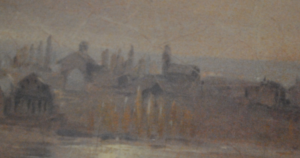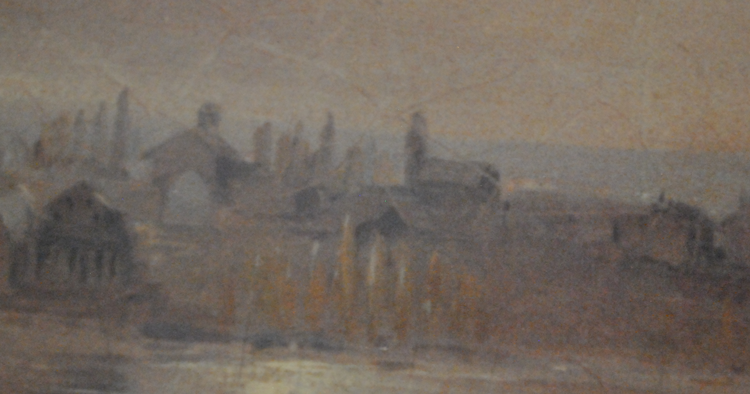
Fredericksburg’s first brick church was our Second Church completed in 1815. Barbara Willis wrote the following .”In the previous year, 1812, the Vestry had already decided that because such major repairs were needed, a new church would be built.”
Slaughter writes about when McGuire came in 1813. “When he took charge of the parish, it is believed there were not more than eight or ten communicants of the Church in Fredericksburg…Accordingly, soon after Mr. McGuire commenced his ministrations he had the happiness of seeing his congregation greatly increased, and the higher and purer joy of hearing broken and contrite spirits asking what they should do to be saved, and of seeing new communicants bending around the altar.”
Quenzel writes there “not more than 12” communicants in 1813 and “upwards of 60” when the church was complete in 1815.
Slaughter goes on. “In May, 1814, the corner stone of the present church edifice was laid, and in 1816, he reported its completion to the Convention, and the addition of sixty or seventy members to the communion. At the same Convention, Bishop Moore, in describing an Episcopal visitation of St. George’s parish,says, “he had consecrated a handsome brick edifice there and confirmed sixty persons, and adds ‘the zeal of the members of that church entitles them to the love and veneration of their brethren, and the pious and indefatigable exertions of the minister meet my warmest commendation.'”
It is possible a new church was also needed as the means to attract new populations and a response to the changing economics in Fredericksburg. It may not have been easy to justify based on the existing number of communicants. Certainly not 12 or even 60. The Vestry may have felt that the decline of the Episcopal Church since the revolution was reversing or confidence in the new minister.
Paula Felder in an unpublished work describe these economic changes in Fredericksburg that may be helpful to understand the beginnings of the second church
afterthecolonialperiod-felder
